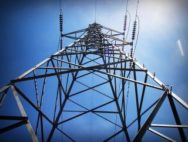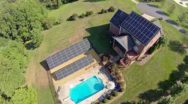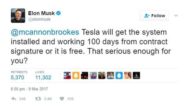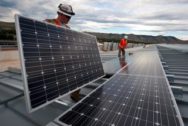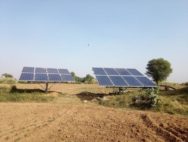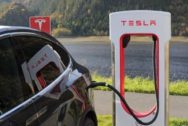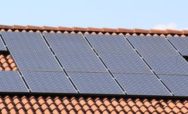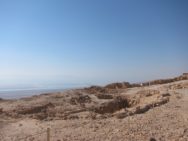
Experimental Tech in Desert Village
An off-grid desert village in Kibbutz Ketura, Israel is being used as a platform for tech companies and entrepreneurs to develop innovative off-grid technologies. The village was set up in 2014 via a collaboration between the Arava Institute for Environmental Studies and Eilat-Eilot Renewable Energy Initiative. The project is aimed at developing off-grid solutions for undeveloped areas, encouraging experimentation. It is the key step between development and implementation in areas where whole communities have no grid access.
There are four key areas for off-grid living which are currently being developed and worked on in the village.
Desert Village Building:
There are three types of structure in the village, based on existing building types within in off-grid communities. The rural structure is based on a traditional design and has a thatched roof to help with ventilation, but lacks natural light. Therefore, to adapt it, the village has added windows to the buildings to provide natural light for reading and other activities, as well as providing more ventilation.
The urban structure is based on a design most commonly seen in urban slums. The modifications to this design are the double roof structure and wall insulation. The first roof layer is made of palm leaves for ventilation purposes and the second consists of metal for protection against the rain. Plywood walls have insulator material like sheep wool within the wall to keep thermal balance in the building. The structure is mainly based on plywood which is low priced and the design is simple to construct.
Finally, the earthbag dome design was first developed in the 1980s, using soil sacks to construct huts. The bags of soil provide a rigid, stable structure with a balance of temperature. There is no need for deep foundations or a separate roof structure, due to the dome shape. These buildings are rapid to construct, simple and cheap.
Energy:
The desert village has some different energy technologies within its boundaries. The Kalipack solar suitcase can produce energy from three sources – electricity, a vehicle or solar power. Storage takes the form of a lithium ion battery and can power a small refrigerator, laptop or lighting, amongst other things. The village also has a small domestic biogas system which has efficient waste disposal whilst producing methane gas for cooking, water heating and home lighting.
LuminAID have introduced some chargeable and easy to use solar lighting. But GravityLights have also been developed at the village. These work by combining kinetic energy with potential energy. A weight of some sort is elevated and connected to a pulley system which powers a generator. The result is a light which is five times brighter than a kerosene lamp. Surveys with families using the lights have been very positive so far.
Water:
Clearly something that is very important in every community is clean water. The desert village has a solar water distillation system developed …
